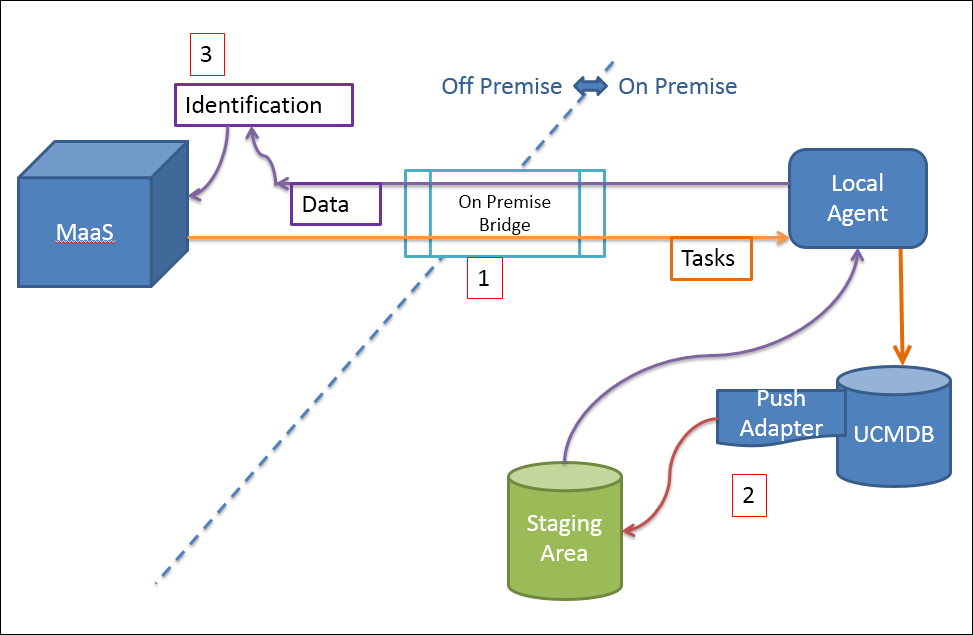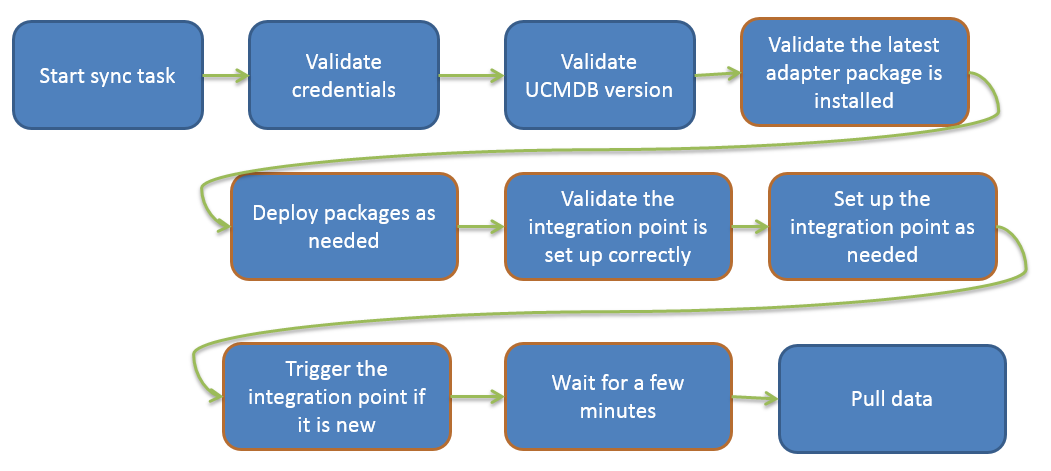Searching the Help
To search for information in the Help, type a word or phrase in the Search box. When you enter a group of words, OR is inferred. You can use Boolean operators to refine your search.
Results returned are case insensitive. However, results ranking takes case into account and assigns higher scores to case matches. Therefore, a search for "cats" followed by a search for "Cats" would return the same number of Help topics, but the order in which the topics are listed would be different.
| Search for | Example | Results |
|---|---|---|
| A single word | cat
|
Topics that contain the word "cat". You will also find its grammatical variations, such as "cats". |
|
A phrase. You can specify that the search results contain a specific phrase. |
"cat food" (quotation marks) |
Topics that contain the literal phrase "cat food" and all its grammatical variations. Without the quotation marks, the query is equivalent to specifying an OR operator, which finds topics with one of the individual words instead of the phrase. |
| Search for | Operator | Example |
|---|---|---|
|
Two or more words in the same topic |
|
|
| Either word in a topic |
|
|
| Topics that do not contain a specific word or phrase |
|
|
| Topics that contain one string and do not contain another | ^ (caret) |
cat ^ mouse
|
| A combination of search types | ( ) parentheses |
|
Synchronization
You can synchronize data from UCMDB with Service Management.
The following image shows a high level view of how the synchronization works.

-
Service Management uses the On-Premise Bridge to communicate with UCMDB.
-
The relevant data is pushed to the staging area.
-
The data is taken from the staging area, and taken in to Service Management using the Identification Web service.
The following modes of synchronization are supported:
-
Automatic synchronization: You create an endpoint in Service Management and click the Sync now button. The agent then pulls data from UCMDB to Service Management automatically. In this mode, you have little control of the synchronization process and schedule.
The following picture illustrates the workflow of automatic synchronization. In this mode, the agent completes all tasks:

- Custom synchronization: You can create an endpoint, download UCMDB push adapter package and upload it to UCMDB, set up and customize the integration point, and pull data from UCMDB to Service Management. In this mode, you can customize TQLs, mappings, and synchronization jobs as needed. You can also customize your own synchronization schedules.
The following picture illustrates the workflow of custom synchronization. In this mode, tasks marked in orange are taken over by the user:

For more information about how synchronization works, see Data flow.
Note After the data from UCMDB is synchronized, any Enrichment rules defined for the relevant record types automatically run on the synced CIs. For more information on Enrichment rules, see Enrichment rules.
Related topics










